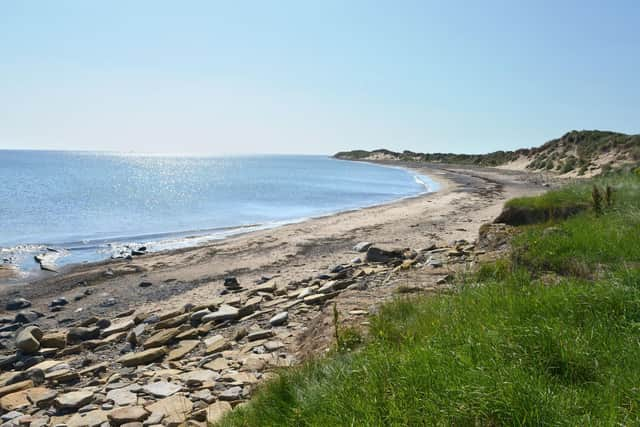Figures show increase in raw sewage discharge in Northumbria Water area
and live on Freeview channel 276
A Freedom of Information (FOI) request revealed that raw sewage discharge by Northumbrian Water has increased by more than 1,000 percent since 2016.
The Environment Agency figures show that, over the past six years, raw sewage has been pumped into the natural environment for a total of 551,851 hours. This equates to a raw sewage spill somewhere in the Northumbrian Water area every 23 minutes.
Advertisement
Hide AdAdvertisement
Hide AdA Northumberland Labour spokesperson said: “Our rivers and sea are the pride of the county, attracting local people and visitors for recreation and leisure.


"The result of this FOI request is extremely disturbing, with the potential to spoil areas of natural beauty and risk public health.”
Northumberland Labour has criticised the Government for cutting the Environment Agency grant, which covers environmental surveillance and enforcement.
“It's yet another example of where the government has thought, quite wrongly, that if they cut surveillance companies will do the right thing,” said the spokesman.
Advertisement
Hide AdAdvertisement
Hide Ad“Here we have a government that shelved sewage discharge reduction plans at the beginning of August but has since had to do a u-turn due to mounting public pressure. Surely the issue of a clean, safe environment is paramount?”
A Northumbrian Water spokesperson said: “We take our commitments to the environment extremely seriously and have had an industry leading record on pollution in recent times.
“We share the passion of our customers and communities to make sure we can all enjoy a healthy natural environment and we work hard to protect and enhance coasts, rivers and watercourses in all areas of our operation.
“These outfalls operate, and their performance is reported to the Environment Agency, in exactly the same way as any of the other 1,250 outfalls on our network.
Advertisement
Hide AdAdvertisement
Hide Ad“They are the result of the handover of the huge network from local authorities and other owners and in some cases very little information was provided to match permits to locations.
"A huge process has been carried out to manually find, inspect and match all storm overflows to relevant permits.
"We identified a small number of overflows where work was needed to ensure appropriate, modern permits were in place, and this process is ongoing and being carried out proactively with the Environment Agency.”